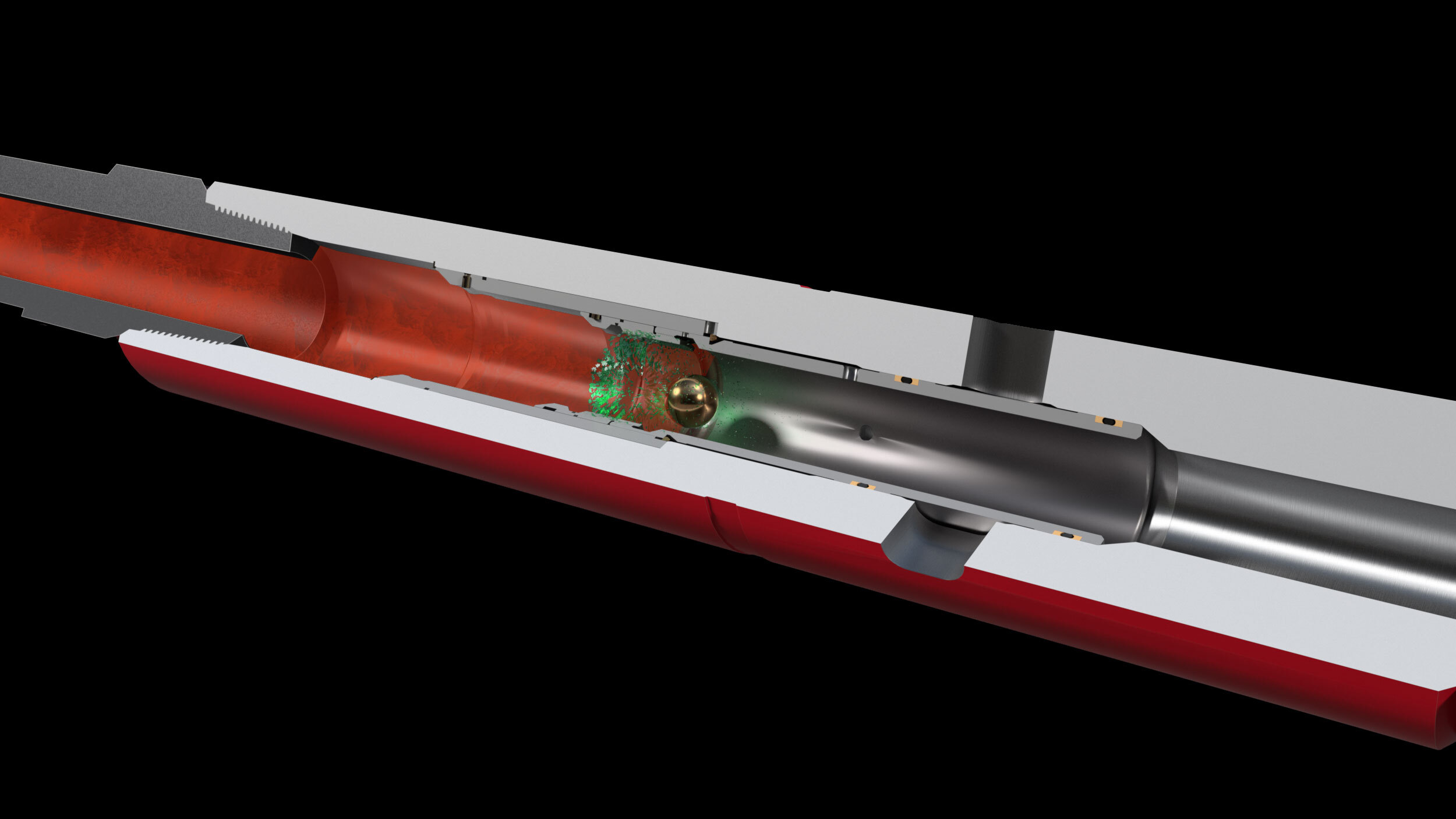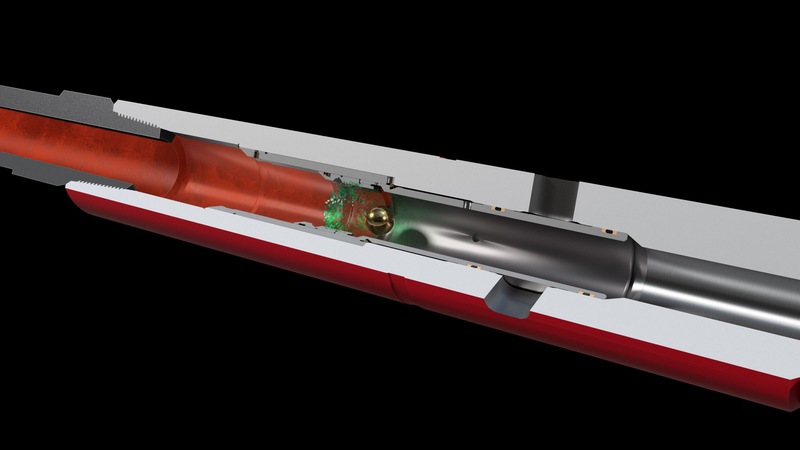
SuperFill™surge reduction system enabled 18-in. liner operation in deepwater lost-circulation scenario
Download PDFDeepwater well

RIH with 18-in. liner through narrow operational window

Colombia

An operator encountered challenges running liner string through a narrow operational window and close clearance annulus during a relatively new deepwater drilling campaign. Expected outcomes were induced lost circulation and reduced casing running speeds that could increase costs associated with nonproductive time (NPT), drilling fluid loss, and potential remedial activities after the primary cement operation.
This deepwater well schematic included an 18-in. drilling liner designed for installation at 2339 m measured depth (MD) inside the previously cemented 20-in. surface casing. Running the casing in hole at operationally efficient speeds without inducing formation damage and lost circulation were of significant concern because of the tight annular clearance in between pipes and the narrow operational window (11.3-lbm/gal pore pressure and 13.8-lbm/gal fracture gradient).
Mud loss and wellbore integrity were also factors of consideration drilling this section. The operator experienced total lost circulation at total depth (TD), which confirmed the initial concerns related to running in hole (RIH) with drilling liner and the potential for induced formation damage. Running liner strings in this scenario can potentially increase fluid overflow on the rig floor when auto-filling the string, which can increase the potential for health, safety, and environmental (HSE) risks.
To address the challenges in this well section, Halliburton proposed the SuperFill™ surge reduction system. Through a combination of the SuperFill™ II™ Big Bore float collar and SuperFill II diverter in the liner string, the operator could optimize casing running speed and preserve the formation. The SuperFill II Big Bore float collar is designed to allow flow into the casing through fully opened valves without creating a significant pressure drop as it is RIH.
The SuperFill II diverter tool, designed to enhance autofill float equipment surge reduction benefits, was installed on the landing string above the liner hanger running tool. The SuperFill II diverter redirects fluid flow from inside the landing string to the annulus to minimize the fluid frictional pressure loss generated on this 1585-m long, 6 5/8-in. drillpipe landing string. The risk of mud overflow on the rig floor was also minimized as a conventional wellbore flow pattern was re-established and returns to the surface were received at the rig’s return line.
The SuperFill II diverter aided the deployment of the SSR-II™ subsurface release cement plug system and liner hanger. The tool features an innovative glass seat design that leaves no debris after tool closure and provides an unrestricted fullbore inside diameter (ID) that allows the safe passage of plug-releasing darts and operating balls.
Circulation loss during RIH with casing
ID restrictions after diverter tool closure
Pressure variations observed as darts traveled
This approach enabled the operator to successfully run, cement, and install the 18-in. drilling liner and ensure zonal isolation objectives after a positive leak-off test (LOT) was performed.
The use of the SuperFill surge reduction equipment enhanced mud displacement and pipe speed, while protecting the formation. This resulted in no circulation loss during the RIH with casing, which allowed cement operations to be performed in optimum conditions to ensure the cement objectives were met. The diverter system operated as designed and provided clear pressure indications of diverting-port closure and string integrity.
The SuperFill II diverter enabled proper operation of the SSR-II system because of its glass seat that left no ID restrictions after closure. No pressure variation was observed as the darts traveled through the diverter and close confirmation of the sub. Once cement operations were complete, the casing hanger running tool (CHRT) was operated using a surface-dropped ball that also traveled through the SuperFill II diverter system with no interference.
The overall results provided significant improvement to safety and operational reliability in this deepwater drilling campaign. This helped the operator reduce RIH time and achieve successful zonal isolation. The operator deployed this solution as the new standard for operational excellence and risk management across subsequent well sections in this campaign and potentially others.

The SuperFill™ family of float equipment is designed to help reduce the effect of surge pressure to optimize casing running speeds.

Discover the SuperFill™ II diverter, a cutting-edge solution for auto-fill float equipment designed to reduce surge pressure and improve casing run efficiency.
